WASHINGTON—During the recent congressional and presidential elections, the nation’s district and circuit courts were quietly working to ensure relatively smooth and peaceful elections.
“The courts played a critical role in ensuring that the election disruptions were minimized,” said Carolyn Fredrickson, president, American Constitution Society for Law and Policy, two days after the election. Fredrickson was speaking at the Center for American Progress (CAP) as a panelist on a program titled, Why Courts Matter.
Republican challenges in the courts where the margin of victory was close, such as in Ohio and Florida, would have been futile, because President Barack Obama won eight of the nine so-called swing states. Fredrickson pointed out that the situation could have been contentious had the swing states “tipped a different way,” similar to the 2000 presidential election that was ultimately decided in a 5-4 Supreme Court decision.
Before the election, several states passed laws to restrict voter registration, reduced the availability of early voting, and made stricter voter identification.
Since the beginning of 2011, 19 states have passed laws or saw executive actions that would make it harder for some persons to vote, according to the Brennan Center at the New York School of Law. The Brennan Center warned at the end of August that there was “a significant risk that ballot security operations will result in vote suppression and voter intimidation during the 2012 elections.”
New voter laws were passed by mostly Republican-dominated state legislatures and governors targeting voter fraud. Opponents of the new laws say that whatever the intent, the laws have the effect of discouraging a certain class of voters—the poor, minorities, college students, and the elderly who tend to vote Democratic.
Many blame new restrictions on early voting in the swing state of Florida for long lines, with voters in some areas waiting up to eight hours to vote, the Huffington Post reported. With 29 electoral votes, Florida tied with New York in having the third most electoral votes.
Florida Gov. Rick Scott (R) also issued an executive order that made it harder for those with past criminal convictions to restore their voting rights. Twenty-three percent of African-Americans in Florida are unable to vote due to ex-felon status.
The federal court blocked many attempts made to hamper voter registration drives.
According to CAP nearly a dozen courts overturned or weakened restrictive measures, and the Department of Justice blocked others. The courts stopped photo ID laws in Pennsylvania, Texas, and Wisconsin; only Kansas and Tennessee’s new photo ID laws went into effect in the 2012 election.
“At least nine states introduced bills to reduce their early voting periods, and four tried to reduce absentee voting opportunities. Florida, Georgia, Ohio, Tennessee, and West Virginia succeeded in enacting bills reducing early voting,” the Brennan Center said.
Speaking on the CAP panel, Ian Millhiser, CAP’s senior policy analyst for Constitutional Policy, said, “For many low income Americans who don’t have job flexibility, early voting means whether or not they are disenfranchised.”
Millhiser referred to Ohio where Republican legislators had passed a bill ending the final weekend of early voting. Democrats challenged the law in the U.S. Court of Appeals for the 6th Circuit, making the case that approximately 100,000 Ohio voters will likely not vote without the additional three days of in-person early voting. These voters are disproportionately “women, older, and of lower income and education attainment,” said the plaintiffs as recounted by Millhiser. A Republican appeal to the Supreme Court failed.
In the final tally of the vote in Ohio, Obama won by about 103,000.
Voting Rights Act
The Voting Rights Act (VRA) was enacted in 1965 because African-Americans were denied the right to vote in mostly Southern states by devices such as literacy tests and poll taxes. “The law has proven to be highly successful in opening up access to the polls. It is a key piece of civil rights legislation and is considered to be one of the most effective legacies of the civil rights movement,” says Kristen Friend in an SEO Law Firm summary.
The act established federal oversight whereby states with a history of racially discriminatory voting practices could not make changes to voting without first obtaining the approval of the Department of Justice (or a special federal court in Washington), called “preclearance,” which is spelled out in Section 5. Nine states plus seven local areas in other states, “must get permission in Washington before they may change any law dealing with voting—no matter how trivial the change,” writes legal journalist Lyle Denniston.
The Department of Justice (DOJ) uses the VRA to prevent many of the laws restricting voting from going into effect. For example, the DOJ blocked voter photo ID laws in Texas and South Carolina by invoking Section 5. (Later in October, however, a federal court upheld the South Carolina ID law when S.C. officials agreed to make the application of the law more flexible.)
Douglas Kendall, founder and president, Constitutional Accountability Center, wrote that the District Court of Washington, D.C. “unanimously blocked Texas’s new voter identification statute, the most stringent in the nation, finding that the statute would inevitably disenfranchise low-income Texas citizens, who are disproportionately African-American and Hispanic.”
Congress has reauthorized Section 5 four times and its constitutionality has withstood challenges in the Supreme Court. In 2009, however, Chief Justice John Roberts signaled in a related case that the court needed to have a re-examination of Section 5 and suggested that Congress update the law. The court will indeed get the chance to consider the constitutionality of Section 5. On Nov. 9, it agreed to hear Shelby County v. Holder.
“The historic accomplishments of the Voting Rights Act are undeniable,” wrote Roberts in 2009. Back in 1965, voter prevention was commonplace, he said. But Roberts said that times have changed and that blatant discrimination is rare.
Attorney General Eric Holder disagrees: “Each of these lawsuits claims that we’ve attained a new era of electoral equality, that America in 2011 has moved beyond the challenges of 1965, and that Section 5 is no longer necessary. I wish this were the case. The reality is that in jurisdictions across the country, both overt and subtle forms of discrimination remain all too common.”
The Epoch Times publishes in 35 countries and in 19 languages. Subscribe to our e-newsletter.
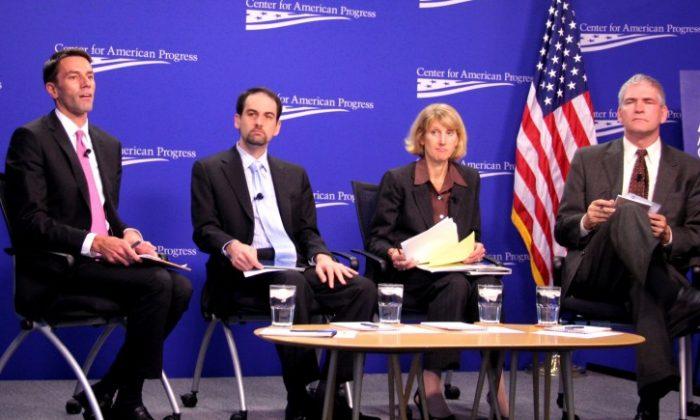
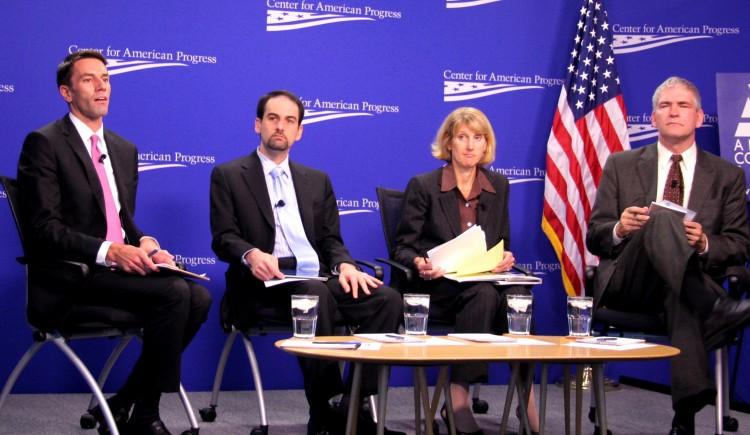
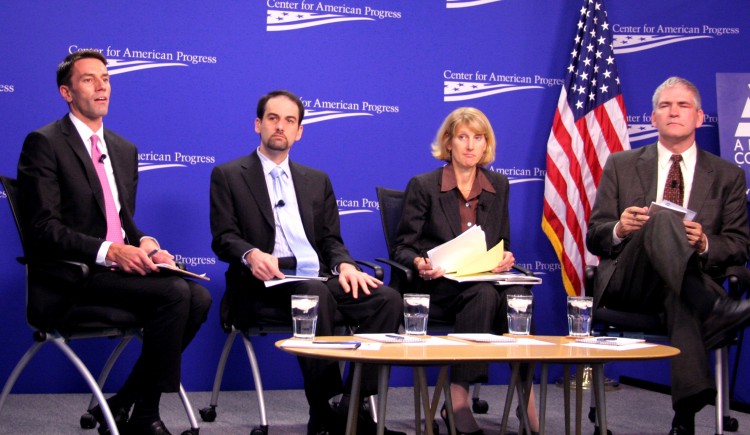
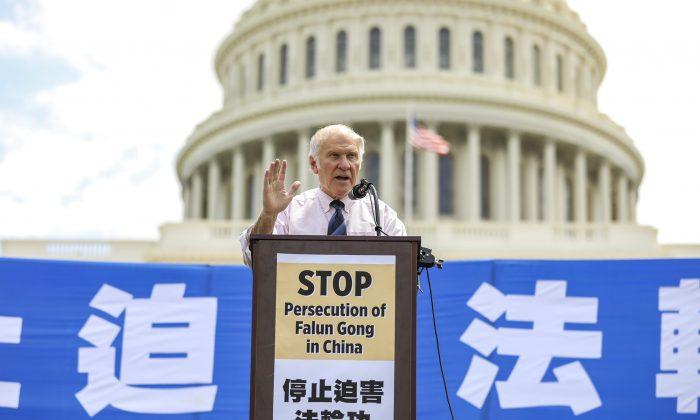
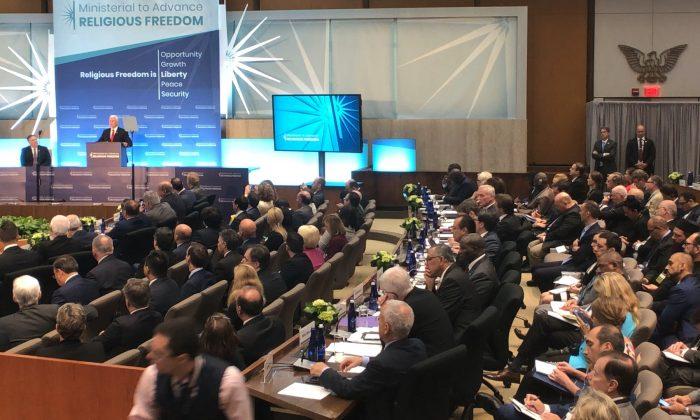
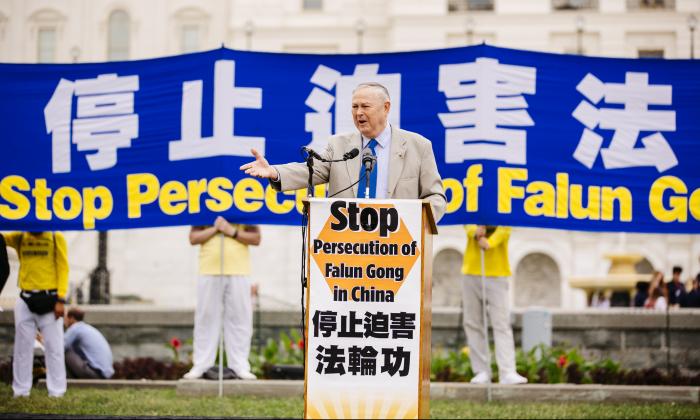

Friends Read Free